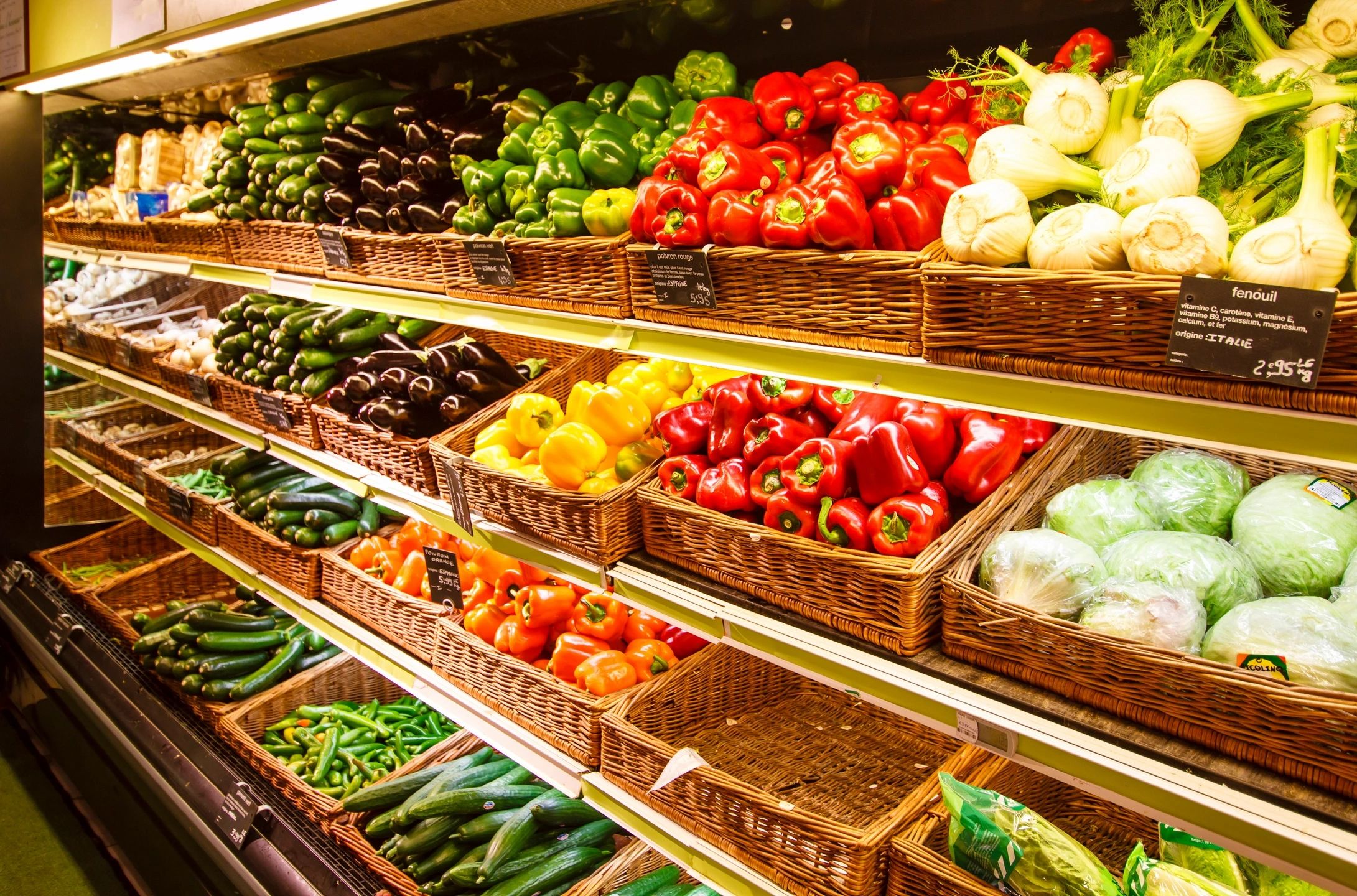In her book, Not the End of the World, Data Scientist Hannah Ritchie lays out some guidelines for a diet that will help limit land use and carbon emissions. The goal for Ritchie is to point people in a general direction that will lead to a more sustainable path for our food.
The interesting part of what Ritchie lays out in her book is that it is also good for the grocery budget.
Eat Less Beef (and less meat in general)
This one comes through overwhelmingly in the figures in Not the End of the World. The land use and greenhouse gas emissions for beef production are vastly higher than that of pork and chicken. For greenhouse gas emissions, beef is connected to 50 kg of emissions per 100 grams of protein. Pork comes in at 8 kg and chicken at 6 kg. Plant based options are all lower still. The delta for land us is even more vast with beef requiring over thirteen times as much land to produce the same amount of protein.
Where this gets interesting is that beef is often the most expensive meat at the store. Steak is more expensive per pound than cuts of chicken or pork. Starting food prep with plant-based options drops the price point further still. It makes sense that this is the case given how much greater the inputs are for beef versus the other less expensive options.
Eat food that was produced efficiently, not necessarily locally
This one makes the head spin a bit because conventional wisdom would say that locally sourced food would have a much lower carbon footprint than vegetables shipped from Mexico. However, Ritchie makes a strong case in her book that the shipping contribution to the emissions is minimal for all food types.
The big thing Ritchie points out is that when food is grown where conditions are optimal, it is the most efficient and therefore the best for the overall sustainability of the system. This can be apples in Washington or avocados in Mexico. In the end, the impact of shipping is minimal compared to the impact of production.
Where this makes the biggest difference in the budget is buying items in season from their various primary production areas. When different areas are at peak production and they are dumping tons of produce on the market, the prices are lower.
Organic farming requires much more land
This is another one that doesn’t land very well with the Whole Foods crowd, but Ritchie makes a compelling point. Her primary incite from the data is that conventional farming methods have produced the high yields that fuel the abundance of the modern world. If the world moved to an organic farming model, then more forests would need to be cleared globally, and we still may not have enough space. The greater need is actually to get the modern farming methods to areas like Africa to enable poor areas to increase yields.
Non-organic food is the best path to a sustainable future for global food and so we shouldn’t feel guilty about not buying organic when its often much more expensive. There are times where organic options are potentially healthier and so this isn’t a push against buying any organic products, but its good to know where it fits in the path to sustainability.
Final Thoughts
None of these items are intended to be attacks on how anyone shops for food. The goal is to give helpful ideas for how to tweak shopping patterns. The data is pointing to some clear ideas for a sustainable future and those happen to also help the average family grocery budget. There are a lot more insights in Ritchie’s book, Not the End of the World and so its highly recommended for anyone looking for a level-headed look at the future of the planet.
By: Chris Bemis

